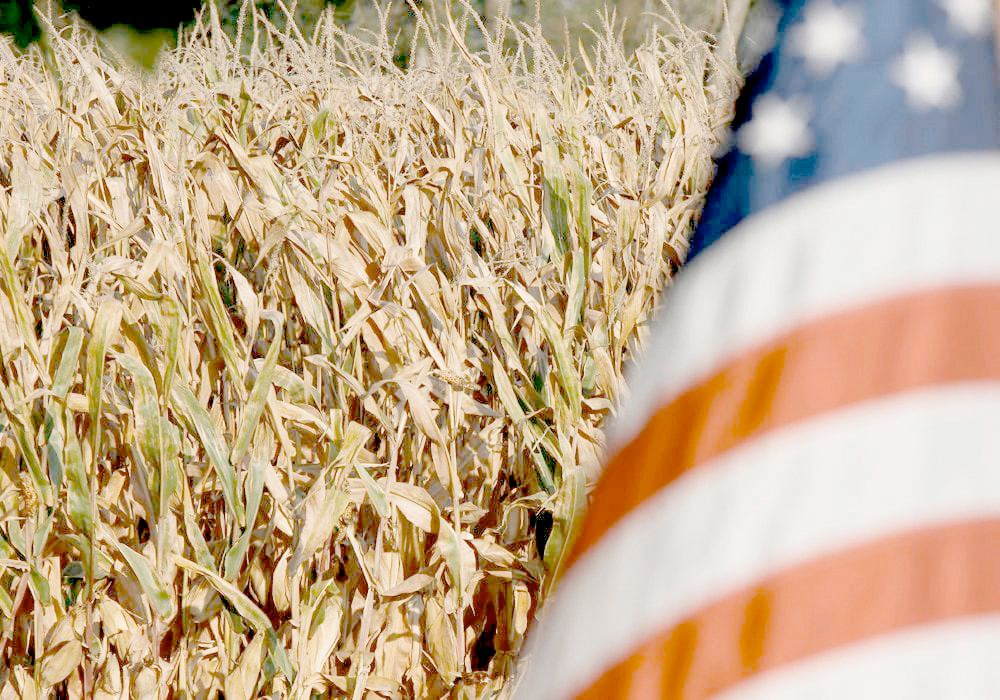Calls for US$20 billion in “emergency” farm program payments won’t go away now that the proposal’s principal audience, voters, have done their duty.
The idea’s chief promoters, congressional Republicans, have built a wobbly case for the aid, and lame ducks or loud winners, their quacking will continue.
Should they succeed, federal agriculture subsidies tied to the 2024 crop will total a whopping $30.4 billion — the new $20 billion added to the current $10.4 billion already authorized by the farm bill, according to the U.S. Department of Agriculture.
Read Also

High prices see cow-calf producers rushing to incorporate
Farm accountants are reporting a steady stream of cow-calf producers rushing to get their operations incorporated ahead of selling their calves this fall.
That sum would make 2024 the second largest ag subsidy year in American history.
The record, 2020’s $45.6 billion, marked the peak giveaway of the Donald Trump administration’s export loss “indemnification” program after the White House jumped into a tariff war with America’s biggest agricultural export customer at that time, China.
One of Congress’s more interesting pitches for emergency payments came Sept. 9, shortly after the USDA released its updated 2024 farm income estimate. That report confirmed what sinking grain and commodity markets had indicated most of the summer: 2024 net farm income, estimated at $140 billion, would fall four percent compared to a year ago and a sharp 24 per cent compared to two years ago.
A significant portion of the two-year drop can be tied to 2022’s record-smashing, $182 billion net farm income. Despite this year’s forecast of $42 billion less, 2024 will still be the fourth largest net farm income on record and only modestly less than the almost identical incomes from 2021 and 2023 — $146.3 billion and $146.5 billion, respectively.
So how does a year that brings home the fourth largest net farm income on record become an occasion for a $20 billion emergency bailout?
The short answer is to de-emphasize USDA numbers that weaken your pitch — like net farm income — while spotlighting numbers like “net farm cash income” to make your arguments appear more dire.
The problem with that approach, however, is that every number has its own story.
Net farm cash income, says the USDA, is “a measure of income available to farm business owners for living expenses, reinvestment, and other obligations,” while net farm income is “income after expenses from production in the calendar year.”
Of the two measures, net farm income, such as net income for any business, delivers a rock-hard bottom line. That’s why policymakers, academics and lenders use it and not the more fluid net cash income to more accurately measure on-the-ground conditions.
Shortly after the USDA released its September farm finance forecast, however, Senate Republicans pointed out that 2024’s net cash farm income, at $154 billion, was “down seven percent from 2023, and down 27 percent, or $56 billion, from the highs reached in 2022.”
And, they added, “when adjusted for inflation, the two-year decline … represent(s) the steepest drop in U.S. net cash income of all time.”
True, but net cash income isn’t the best metric to show actual farm income — net farm income is — unless, of course, you’re trying to sell “emergency” aid to Congress.
Lost in the lopsided request is the fundamental question of why American taxpayers should fork over another $20 billion without getting one farm program reform to head off more “emergency” bailouts.
After all, U.S. agriculture is facing massive structural changes — ag export deficits, a fading ethanol industry, the industrial takeover of its meat sectors and the rise of South American production — with farm policies still stuck in the 1990s.
Throwing more taxpayer money at failing farm programs is like the Titanic buying more deck chairs after hitting the fatal iceberg: getting comfortable with your fate doesn’t mean you’re not sinking.
Alan Guebert is an agricultural commentator from Illinois.















